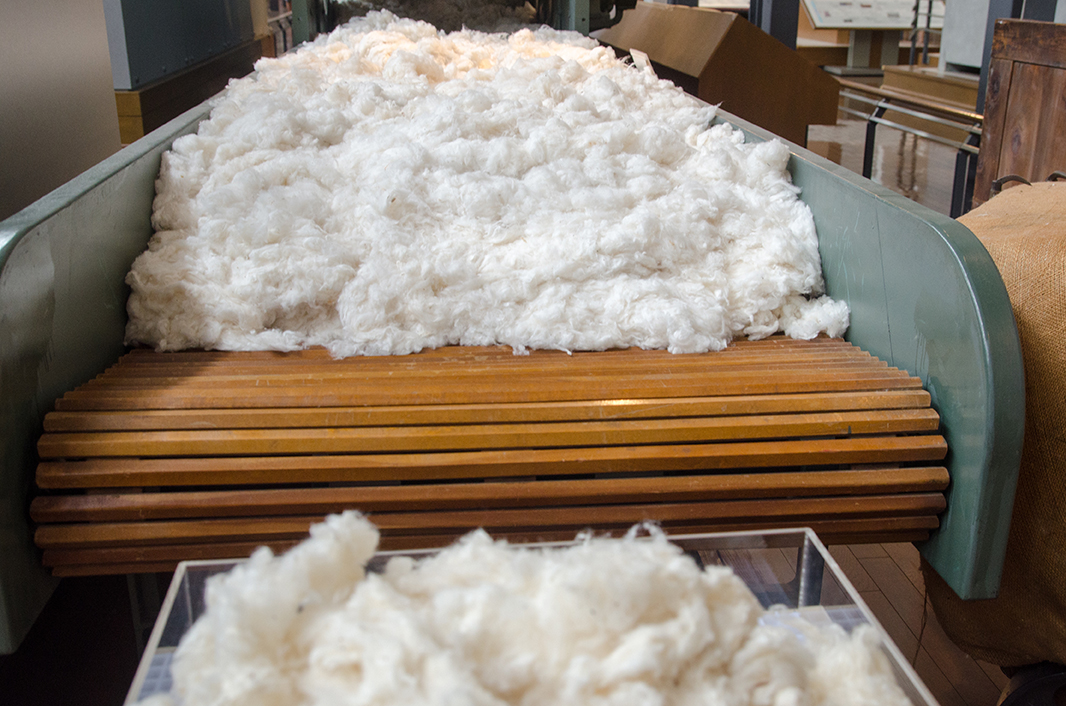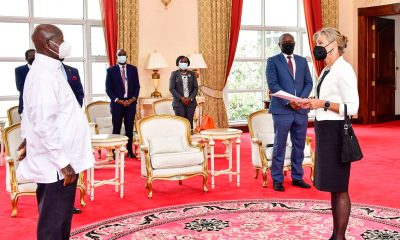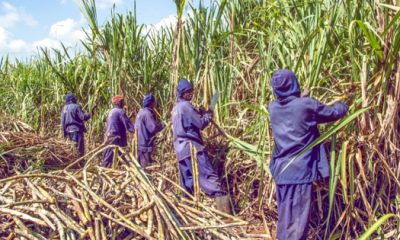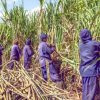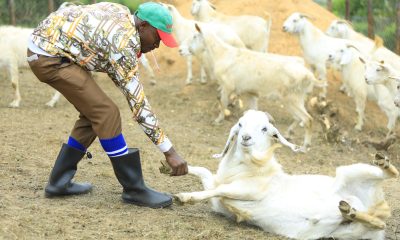Uganda’s cotton sector faces a critical juncture as it continues to rely heavily on exports, with just 10% of the country’s cotton being used domestically.
The Chairman of the Uganda Manufacturers Association (UMA) and a director at Nytil, Mr. Richard D Mubiru, recently emphasized the need for government intervention in the industry during a presentation at the 14th National Competitive Forum in Kampala.
Export Dominance and Low Returns
Mr. Mubiru highlighted that Uganda remains a net exporter of cotton lint, with a staggering 90% of the country’s cotton being sent abroad, while only a mere 10% is processed into finished products within Uganda.
This export-dominant approach has left the cotton sector in the hands of ginners and cotton merchants, resulting in disappointing returns for the industry.
Government’s Role and Missed Targets
Cotton production in Uganda involves approximately 250,000 smallholder farmers who collectively produce around 68,913 bales of cotton per annum. However, government support for these farmers has been limited, leading to suboptimal production levels.
In fact, the Cotton Development Organisation, under the Ministry of Agriculture, has not been able to meet its production targets. A strategic export commodities program approved by the Cabinet in 2001 aimed to increase cotton production to 185,000 tonnes (or 1 million bales) by 2006.
However, as of June 2022, Uganda had only managed to produce 68,913 bales, a far cry from this ambitious target.
Investment Shortfall and the Call for Government Action
Mr. Mubiru emphasized that investment in the cotton sector remains low in Uganda, with less than 30,000 spindles and under 500,000 meters of fabric being weaved daily. Additionally, less than 200,000 tonnes of fabric are knitted daily, demonstrating a lack of infrastructure and capacity in the textile industry.
Under the 2021/25 Cotton, Textile, and Apparel strategy, the government and development partners had planned to invest about Shs3.9 trillion in the medium term.
However, Mr. Mubiru pointed out that fiscal constraints are limiting the full implementation of this strategy. As a result, he called for innovative solutions such as public-private partnerships, tax policies, and other measures to stimulate investment.
Challenges in the Value Chain
Mubiru highlighted that the weakest links in Uganda’s Cotton, Textile, and Apparel value chain are spinning and weaving, which has led to the country’s continued reliance on exporting raw lint, primarily to Asia. This has left Uganda’s textile and apparel sector struggling to gain traction in the global market.
Global Textile Market Opportunity
While Uganda grapples with these challenges, the global textile market is growing steadily, projected to reach $1.412 trillion by 2028. Countries like India and China have successfully transformed their textile sectors through strategic investments, offering a potential blueprint for Uganda’s cotton industry.
